Louisiana Country


















Local legend inducted into the Cajun French Music Hall of Fame
Page 20






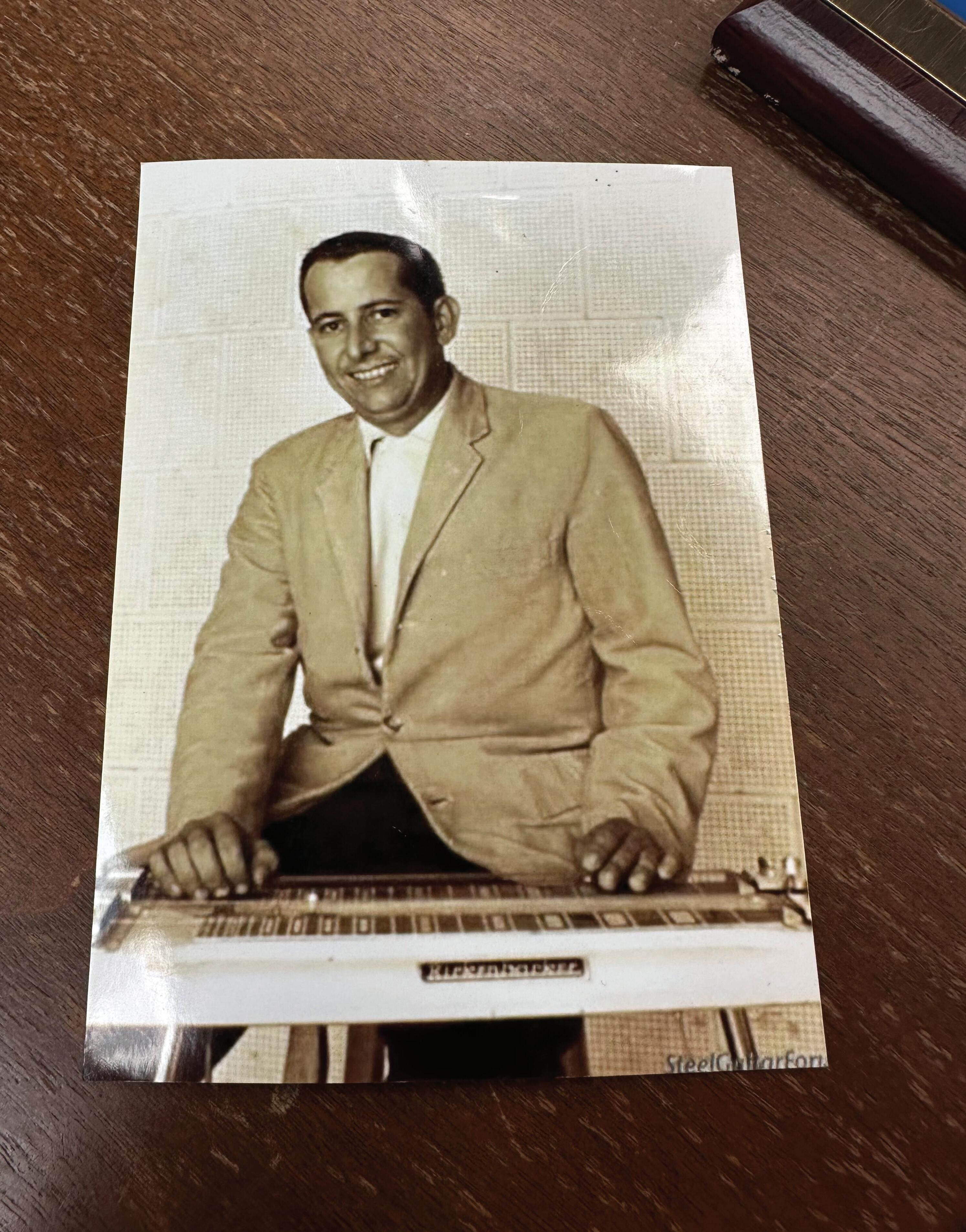






From the rich maritime heritage of whaling towns to quaint island villages and grand seaside mansions of the Gilded Age, our small, comfortable ships can take you to the heart of New England’s most treasured destinations. Be welcomed back to your home away from home, where you can delight in the warm camaraderie of fellow guests and crew.


























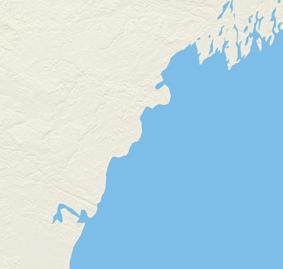













Before writing this column, I took some time to reflect on what I said in my column this time last year. One thing is for sure: Our industry is constantly changing.
Last year, I talked about how far we have come and the changes we have seen in our 87-year history. We certainly don’t provide power the same way we did all those years ago. However, one thing has not changed: We have always been committed to and will continue to be committed to providing safe, reliable, affordable electricity.
Your Louisiana electric cooperatives continue to adopt new and improved methods to obtain power supply, including renewable energy. Systems have become more automated. Mother Nature has taught us we must build back stronger and more resilient. Technology plays a more significant role in delivering electricity to you, the consumer-member, and how our employees manage their daily tasks.
Last year, our Youth Leadership Council Representative Jacob Mullican was asked, “What do you think about when you flick on the power switch?” His response was probably the same as you would give if asked the same question, “I don’t think; I just expect.” He was right. You expect the lights to come on when you flick the switch. You set high expectations for your
electric cooperative’s directors, management and employees every minute of every day, and with exceptions to bad weather or mechanical failures, we deliver on those expectations.
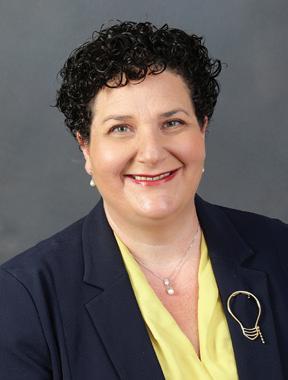
But your electric cooperative delivers so much more than just reliable power. We constantly work to keep electricity affordable and safe. We focus on creative solutions to ensure reliability and resiliency. In addition, your electric cooperatives give back by supporting educational opportunities for our youth through Youth Tour, mini-grants and 4-H, to name a few. They support and volunteer at charitable and community events. Your electric cooperative hires local men and women from your communities. They provide employees with educational opportunities. We live and work in your communities. We know what it means to power lives.
We know you have high expectations for us, and you should. But we also want you to know that safety for our employees and community is always our priority. We have a genuine concern for our community. It’s
CEO Addie Armato
DIRECTOR OF LOSS CONTROL Aarron Graham
SAFETY COORDINATOR Ricky Melancon
COMMUNICATIONS AND DIGITAL MARKETING
SPECIALIST Conley Bourgeois
ADMINISTRATIVE ASSISTANT Rhianna Garon
CREDIT UNION
Robin Plunket, manager
Jody Overhultz, representative
Board of Directors
President Dennis Glass
Vice President Michael Heinen
Secretary/Treasurer Roger Dale DeHart


BEAUREGARD ELECTRIC COOPERATIVE INC.
J.R. Hickman Trent Buxton
CLAIBORNE ELECTRIC COOPERATIVE INC.
Mark Brown Lane Davidson
DEMCO
Daniel Berthelot Richard “Dickie” Sitman
JEFF DAVIS ELECTRIC COOPERATIVE INC.
Michael Heinen Byron Hardee
SOUTH LOUISIANA ELECTRIC COOP ASSOCIATION
Trevor Benoit Roger Dale DeHart
WASHINGTONST. TAMMANY ELECTRIC COOP INC.
Joe Jarrell Dennis Glass
Associate Member
PANOLAHARRISON ELECTRIC COOPERATIVE INC.

one of our operating principles.
Although I am not a futurist, I can confidently say this new year will bring numerous opportunities and challenges for our electric cooperatives. Whatever 2024 brings, our electric cooperatives will always put you, the member-consumer, first as they work daily to meet and, I hope, exceed your expectations.
From all of us at your Louisiana electric cooperatives, we wish you a happy, healthy and prosperous new year.








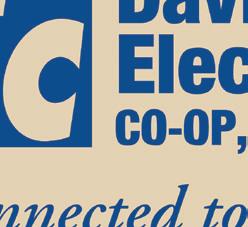

906 N. Lake Arthur Ave.
P.O. Box 1229
Jennings, LA 70546
337-824-4330 • 337-824-8936 (fax)
Branch office:
815 Hwy. 27, Bell City, LA 70630
337-598-5700
www.jdec.org
Michael J. Heinen | CEO

Ownership matters. We treat things we own with great care, though chances are you probably don’t think often about your ownership role with your electric cooperative.
Every member of Jeff Davis Electric Cooperative can take pride in the fact that you are an owner of your electric co-op. While at times it may seem easy to take the provision of electricity for granted, we are working 24 hours a day, 365 days a year to make sure you, the member-owners of the co-op, are well-taken care of when it comes to your electricity needs.

Anya Killmer | Executive Assistant/ Benefits/HR
Eric Gautreaux | Chief Operating Officer
Tara Guinn | Chief Financial Officer
Skyler Hebert | Office Manager
Ben Hetzel | Director of Safety/ Member Services
Brennon LaBouve | Engineering Manager/ Substation & Metering
Heath Lemieux | Superintendent
Kain Miller | Superintendent, Jennings
Jonathan Nunez | Superintendent, Hackett
Wendell Thibodeaux | Purchasing Manager/ Warehouse
BOARD OF DIRECTORS
Joseph L. Tupper | President
Thomas Precht III | First Vice President
John Berken | Secretary/Treasurer
James Doxey
Byron Hardee
Wilson Dean Landry
Reggie Murphy
Kevin Sonnier
Martin Zaunbrecher
Volume 41, Issue 1
Louisiana Country (USPS 473-180) is published bimonthly by the Association of Louisiana Electric Co-ops Inc., 10725 Airline Hwy., Baton Rouge, LA 70816, in partnership with Pioneer Utility Resources.
Annual subscriptions: Members $2.30. Nonmembers $5.
Postmaster: Send form 3579 to 10725 Airline Hwy., Baton Rouge, LA 70816.
Periodicals postage paid at Baton Rouge, Louisiana 70821, and additional mailing offices.
Locally based cooperatives believe this special bond and obligation are integral to the community. Jeff Davis understands that you can’t sell electricity to a business that has closed its doors or to people who have left the community because there are not enough local opportunities. Electricity is a critical need, but it takes more than poles, wires and kilowatt-hours to make a community.
We are owners of our co-op, and in a real sense, we are owners of our community. Our community is strong. Think about how much greater it can be when we work cooperatively to tackle our future challenges. If we act like owners consistently, we will put even more care and attention into our community and look locally for solutions. Finding local solutions can help keep money—and people—right here in our community.
We all have a role to play. As your local electric cooperative, we promise to do our part for the community. You are the owners of the co-op, and we welcome your active participation.



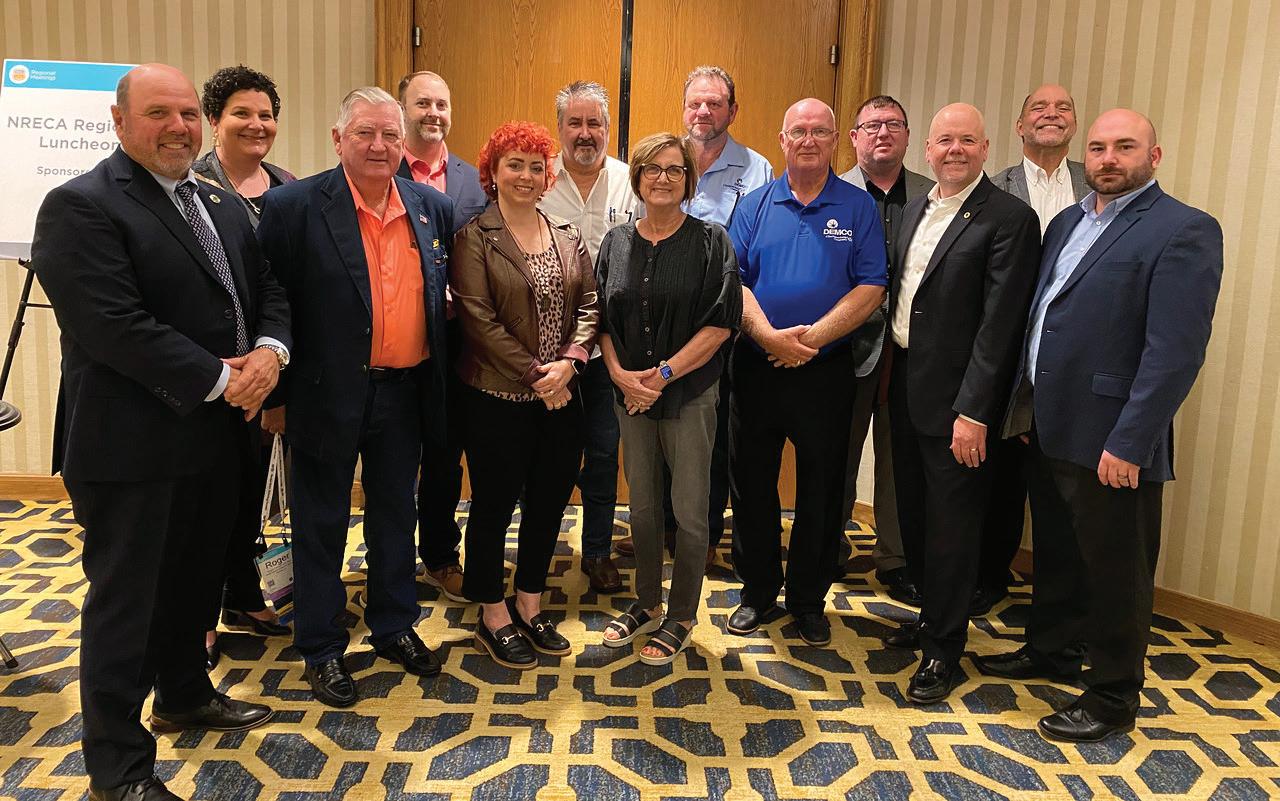
Louisiana Electric Cooperative general managers and board members attended the National Rural Electric Cooperative Association’s Regional Meetings 8 and 10 in New Orleans October 18-20. From left are Danny Berthelot, DEMCO; Addie Armato, Association of Louisiana Electric Cooperatives; Roger Dale DeHart, South Louisiana Electric Cooperative Association; Austin Haynes, Panola-Harrison Electric Cooperative; Anya Killmer, Jeff Davis Electric Cooperative; Trevor Benoit, SLECA; Jill McGraw, Kevin Beauchamp and Leslie Falks, DEMCO; Matt Peters, SLECA; Dane Hocott, Washington-St. Tammany Electric Cooperative; Mike Heinen, JDEC; and Eric Gautreaux, JDEC.




Practicing Techniques Used in the Field
Training to improve skills and stress the importance of working safely is an ongoing task for the line crews at all electric cooperatives. Live line and bucket truck training sessions, hosted by the Association of Louisiana Electric Cooperatives, were recently held at DEMCO headquarters in Greenwell Springs.
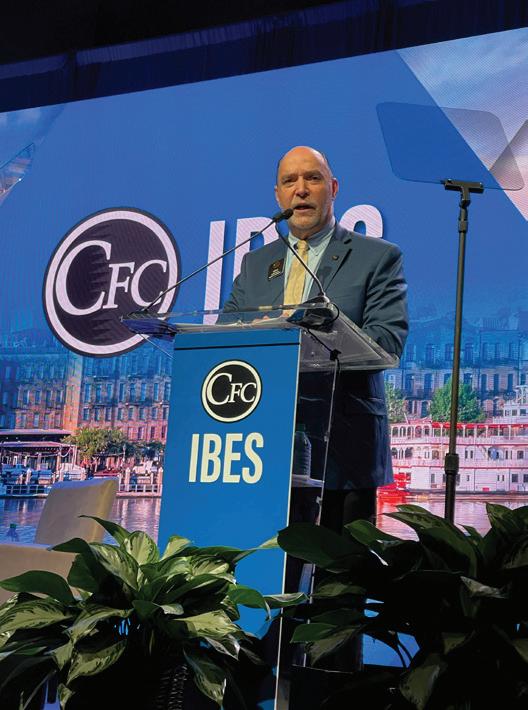
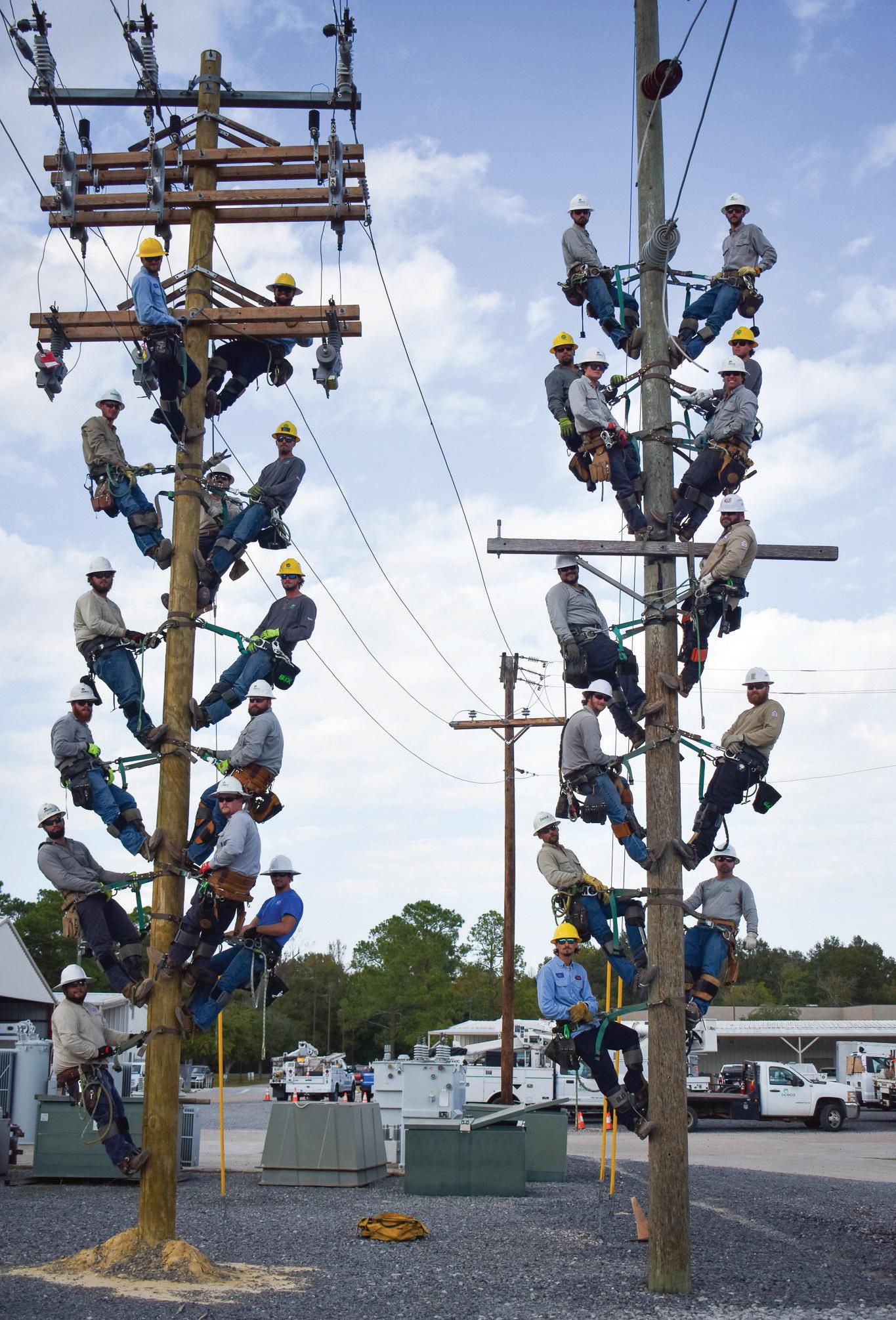

FAR LEFT: Mike Heinen, Jeff Davis Electric Cooperative general manager and National Rural UtilitiesCooperative Finance Corporation board member, speaks at the recent CFC Independent Borrowers Executive Summit in Savannah, Georgia. LEFT:
the
and

Starting in January 2024, you’ll notice an increase in fuel charge on your monthly electric bill.
This is due to the delivery cost of coal charged by the cooperative’s wholesale power provider, Cleco Cajun. The increased cost of fuel is based on the higher cost Cleco Cajun is saying they must pay for delivery of coal to their generation plant due to low levels of water in the Mississippi River. As you are aware, the fuel cost on your bill adjusts every month. Unfortunately, this extreme increase in cost will have a direct impact on the invoiced amount from Cleco Cajun to the cooperative and your electric bill.
How much will my bill go up?
Effective January 2024, for an average residential member using 1,000 kWh per month, the increase will be equivalent to approximately $25.92 per month.
Does JDEC profit from this increase?
No. JDEC is a not-for-profit electric utility. The fuel charge is a direct pass-through of purchased power supply costs.
Why did the fuel charge change?
Over the past few months, according to JDEC’s wholesale power provider, Cleco Cajun, fuel costs have increased significantly based on the information provided above. JDEC will investigate this issue and continue fighting for its members. If these amounts are found to be erroneous, credits on customers’ bills will be forthcoming.
Is this problem unique to JDEC?
No. This problem is not unique to JDEC, but rather is impacting cooperatives throughout the entire state of Louisiana. JDEC continues to search for ways to mitigate these increases.
100% of the increase goes towards paying this additional cost.

P.O. Drawer 1229 . Jennings, LA 70546 (337) 824-4330 . Toll Free 1-800-256-5332 . FAX (337) 824-8936






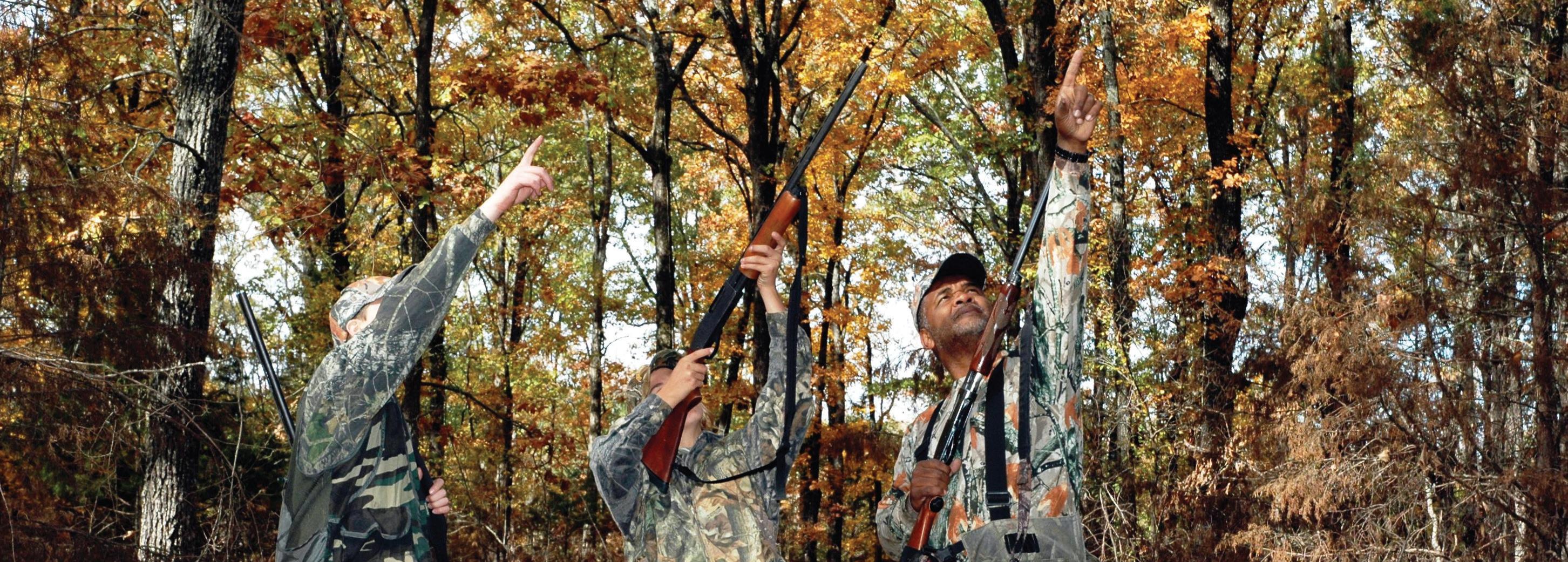

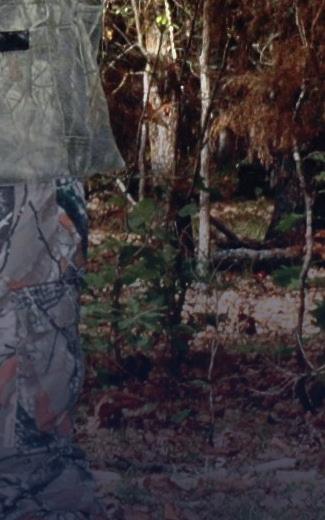

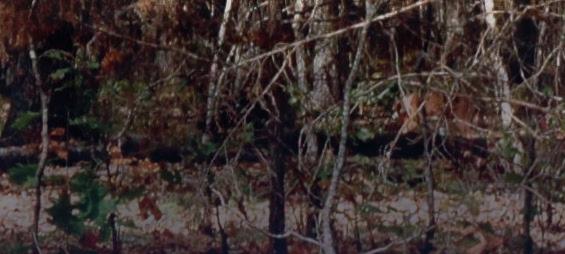
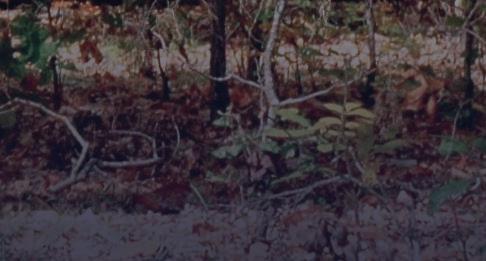
Many Louisiana sportsmen start hunting by pursuing squirrels at the side of their father, other relative or a family friend, but the tree-climbers can provide exciting sport for hunters of all ages.
To bag squirrels, hunters must spot them. The ghosts of the forest can instantly vanish when danger approaches. Masters of concealment, squirrels find countless places to disappear among the branches and foliage of big trees. Fox squirrels prefer to hide, but gray squirrels typically run as danger approaches.
In good squirrel habitat, walk through the forest slowly. Cover ground more thoroughly rather than cover more ground. Without making quick movements, advance a few steps. Then, stop to look and listen. Scan the trees for shaking branches, odd movements or anything that seems out of place, such as an oddly
shaped “knot” on a tree trunk or lumps on branches.
Smart hunters use their ears as much or more than their eyes to locate bushytails. Squirrels can be heard long before they can be seen. Listen for the distinctive sound of claws scratching on rough bark, shaking branches or objects dropping to the ground. Listen for barking squirrels proclaiming their territory, which usually happens a little later in the morning or late afternoon.
Periodically, find a stump, fallen log or a comfortable tree trunk and sit down for a while. Some people carry light, camouflaged folding chairs so they can sit anywhere. Remain as still and quiet as possible while scanning the trees. A good pair of binoculars helps detect wellconcealed bushytails.
If you spot a squirrel just out of range,
watch it. Determine where it might want to go. Sometimes, a squirrel foraging for food might wander into the gun range of an undetected hunter. If the squirrel doesn’t get closer, plan a good stalking route that takes advantage of any available concealment.
Hunting squirrels in pairs or teams can put more weight in a gamebag. Alerted bushytails habitually put tree trunks, large branches or other cover between themselves and hunters. Take advantage of a squirrel’s innate curiosity. One person can walk around the tree, making noise to grab the squirrel’s attention, while another remains still and silent.
Keying on that moving person, the squirrel might shift its position. That could give someone else a shot at it. When hunting alone, toss a limb, pinecone or another object to the other side of the tree. That might make a squirrel jump and reveal its position.
Bushytails love to gnaw on green pinecones. They tear apart the cone chips


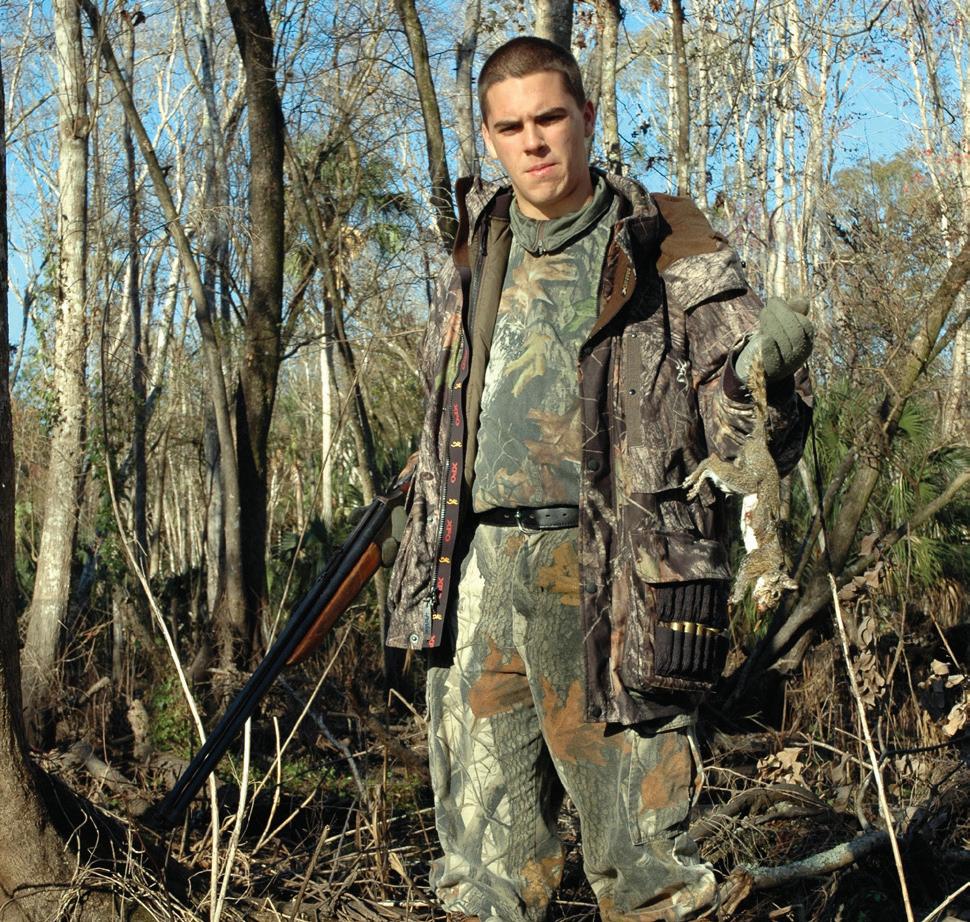

to reach succulent seeds. Cones from various pine species ripen at different times. In addition, cones can stay edible much longer than acorns or other mast and can provide squirrels food for weeks.
“Squirrels seldom go into longleaf pines, but they frequently go into loblolly pines because they have more limbs all the way up the tree,” says Chester Thompson, a champion squirrel dog breeder and hunter from DeRidder. “In late season, many trees will still have cones. As the season goes on, squirrels move to different types of trees to feed upon whatever ripens at that time.”
A monoculture pine forest normally doesn’t offer enough nutrition throughout the year to hold many squirrels, but a mixed pine and hardwood forest provides abundant and varied food sources. At times, a single pine tree growing in an oak grove could attract squirrels like children to a candy store.
“Squirrels are usually in forests with mixed pines and hardwoods,” Chester says. “I like to hunt the edges where a pine forest transitions to a hardwood bottom. Squirrels go back and forth from the pines to the hardwoods.”
When feeding on cones, squirrels leave mounds of discarded husks, chips and other debris piled up around tree trunks. Look for green or freshly gnawed cone husks still sticky with sap to confirm recent
squirrel activity. After locating a good tree, find a comfortable spot to sit and wait. Listen for falling chips that sound like light rain hitting the forest floor
Sneaking up on squirrels in thick underbrush, palmettos and sucking mud seems almost impossible. However, in a place with an abundance of water like Louisiana, a small human-powered craft like a pirogue, canoe or kayak glides along silently. Along a promising shoreline, ease the paddle into the water and move forward slowly. Watch for movement. Periodically, stop to listen for activity. Use any available cover, and hug the inside shorelines on curves to keep the boat as hidden as possible.
Sportsmen can hunt solo by positioning a gun in a convenient, safe place when paddling, but many boaters prefer to work in teams. Designate one shooter who sits in the bow, ready for action, with the gun pointing in a safe direction. The other person controls the boat and helps spot game. After locating a squirrel, the paddler positions the craft so the shooter can make a safe shot.
Hunting from a boat is a good way for children to participate without slogging through soft mud or impenetrable thickets where walking isn’t easy. Children quickly grow bored sitting on cold ground and rarely remain still or quiet. In a boat,
at least the scenery constantly changes. Boaters can carry additional supplies, snacks and refreshments to take occasional breaks.
When hunting squirrels from boats, sportsmen might see other game, such as feral hogs. Hunters may spot an occasional rabbit on patches of slightly higher ground. During waterfowl season, hunters with the proper licenses, weapons and ammunition could jump wood ducks or other legal birds while quietly paddling along any Louisiana bayou.
It’s also possible to fish while looking for squirrels. Bushytails routinely see anglers in boats and largely ignore them
The Louisiana squirrel season runs through February 29, 2024, with a limit of eight per day. Season dates and regulations on some public lands might differ from the statewide dates and laws, so always check the regulations before hunting.

Born in New Orleans, John N. Felsher grew up in Slidell and attended the University of Southwestern Louisiana, now the University of LouisianaLafayette. He worked as the outdoors editor for four Louisiana newspapers and served in the Air Force. An avid sportsman, Felsher now works as a full-time professional freelance writer, broadcaster and photographer. Contact him at j.felsher@hotmail.com or through Facebook.



By Drew Woolley
Marc Broussard was 5 years old when his father first realized the boy could sing. By that time, Ted Broussard, famed Boogie Kings guitarist, had given up on fostering a love for music in Marc’s two older brothers, and he eagerly set out to teach his youngest son to play.
Marc remembers the first four songs his father taught him were an eclectic mix: “The Greatest Love of All,” originally recorded by George Benson but popularized by Whitney Houston, Chuck Berry’s “Johnny B. Goode,” The Beatles’ “Maxwell’s Silver Hammer” and Sammy Davis Jr.’s “The Candy Man.”
Armed with those standards, Marc ventured into the bustling Lafayette music scene where vocalists like G.G. Shine, Jerry LaCroix, Tommy McLain and Duane Yates captured his imagination. Marc was more than happy to tag along or haul equipment as long as he could be around the music.


“Any time it was an all-ages show, or my dad might be playing a high school reunion or something, I’d go help carry amps and guitars,” Marc says. “I’d get up and sing one or two songs at the most. That was a real treat for me. But it also gave me a little inside baseball as to what that life looked like. And frankly, I was enamored. I wanted everything to do with it. It seemed like the best gig in the world.”
That diverse musical background was a fitting entry point to Louisiana
music, which has always drawn on a vibrant mix of cultural traditions. Mike Shepherd, founder and chief executive of the Louisiana Music Hall of Fame, traces those origins back to the 1600s and one spot where everyone gathered.



“A place called Congo Square in New Orleans was really where the melting pot came together,” he says. “There were slaves from Africa, the Caribbean and the Canary Islands, but we also had French and Spanish influences. Europeans brought violins, accordions and horns. The African people tended to bring more percussion instruments. To say it simply, music is who we are. Always has been.”


While New Orleans jazz and blues have defined Louisiana music and influenced artists all over the world, it’s only one part of the rich musical history of the Bayou State. Marc himself identifies more with the blue-eyed soul movement of the ’60s and ’70s, with influences from the swamp pop that grew out of Southern Louisiana.
“For someone like me who, as a young man, was really into guys like Brian McKnight, Boyz II Men and Michael Bolton, these really freak singers, to all of a sudden hear a Lil’ Band of Gold record





























































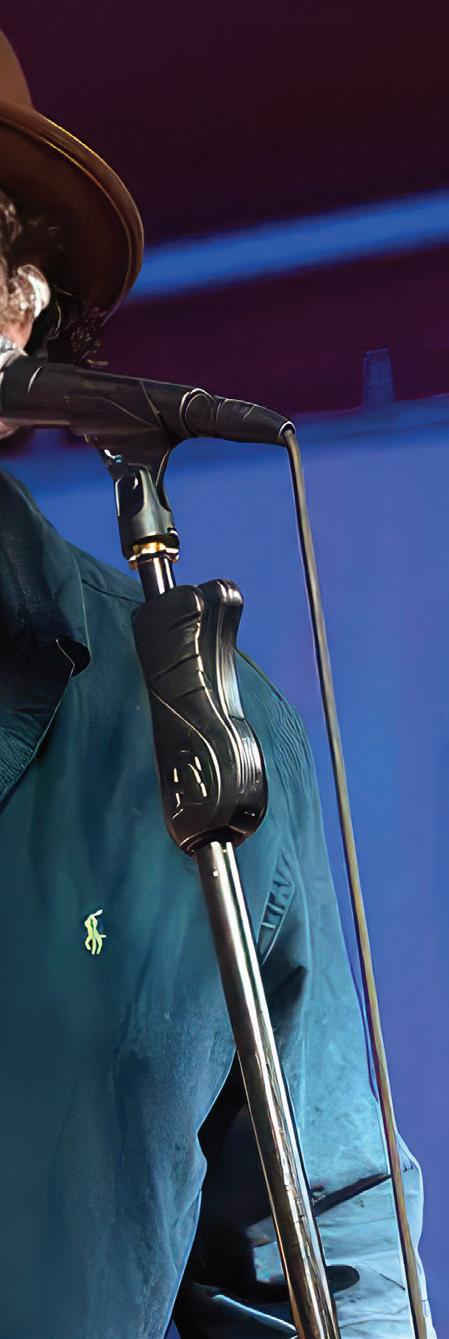















































Meeting Louisiana legends like Wayne Toups gave Marc a deeper appreciation for local sounds. Wayne has played the accordion since he was 13, mixing Cajun and zydeco styles into what he calls “ZyDecajun.” Dubbed “Le Boss” and “The Cajun Springsteen,” Wayne is a Grammy winner and a member of the Louisiana Music Hall of Fame. PHOTOS COURTESY OF WAYNE TOUPS
blues cover record, “S.O.S. 4: Blues for Your Soul,” with a portion of the proceeds benefiting the Guitars Over Guns youth rehabilitation program.
No matter where his career has taken him, he has never lost the connection to his hometown, where he still lives with his wife and children.
“This need to be who I am has always been intrinsically tied to this place,” Marc says. “It was never a thought that I had to move away from that. I was inextricably tied to the bayou.”
He’s far from the only musician who felt the pull of Louisiana’s rich musical history. Mike has inducted several artists into the Louisiana Music Hall of Fame who may not have been from the state but felt that same tug at formative moments in their careers.
No music is more synonymous with Louisiana than New Orleans jazz. Born in the early 1910s from a combination of Baton Rouge blues, brass band marches and a spirit of improvisation, jazz draws on influences from all over the state’s cultural melting pot. While the genre isn’t unique to Louisiana, the New Orleans variety will always be the real thing for Mike Shepherd, founder of the Louisiana Music Hall of Fame. “It can tend to be more raw and not fall within the lines necessarily,” he says. “Jazz players have a lot of lines they hold to. But in New Orleans jazz not so much.”
Driven by lively rhythms, accordion melodies and a mix of English and Creole-French lyrics, zydeco has its roots in the state’s rural communities. While it originated in the house parties and small social gatherings of Louisiana’s African American communities, zydeco was popularized by Clifton Chenier. He mixed it with elements of blues and R&B, earning him the title King of Zydeco.

Many found their way to Shreveport for the famous “Louisiana Hayride,” a music radio show from KWKH that was broadcast nationwide and was second only to the “Grand Ole Opry” broadcast for much of its run in the ’40s and ’50s. The show helped launch the career of a young Elvis Presley and offered a home to Hank Williams after his rejection from the Opry, giving Mike plenty of reason to enshrine them in the Hall of Fame. In 2024, he hopes to add Ray Charles and Dolly Parton, who also started their careers at “Hayride.”
“It’s just amazing the people who come to Louisiana and seek it out because it’s got the music,” Mike says. “It’s got all the music in the world.”
























Popular in South Louisiana and Southeast Texas, swamp pop saw Cajun and Creole musicians shift away from French traditions toward the rock ’n’ roll sounds that were becoming popular in the 1950s. Typified by slow ballads with emotional lyrics over honky-tonk piano and a rhythm and blues backbeat, several swamp pop hits made the national charts throughout the decade. But many more are regarded as classics in the region they call home.






























If swamp pop was a rebellion, Cajun music is what it was rebelling against. Like zydeco, Cajun music is upbeat and relies primarily on accordion, fiddle and vocals featuring “Cajun talk,” as Mike refers to the lyrics. “They weave it into the songs, and they weave in cinstruments,” he says. “It was the stuff French people in south Louisiana played with. They couldn’t go out and buy expensive instruments. Most Cajun musicians have their stuff made by another Cajun because you have to know the music to know the instruments.”






































































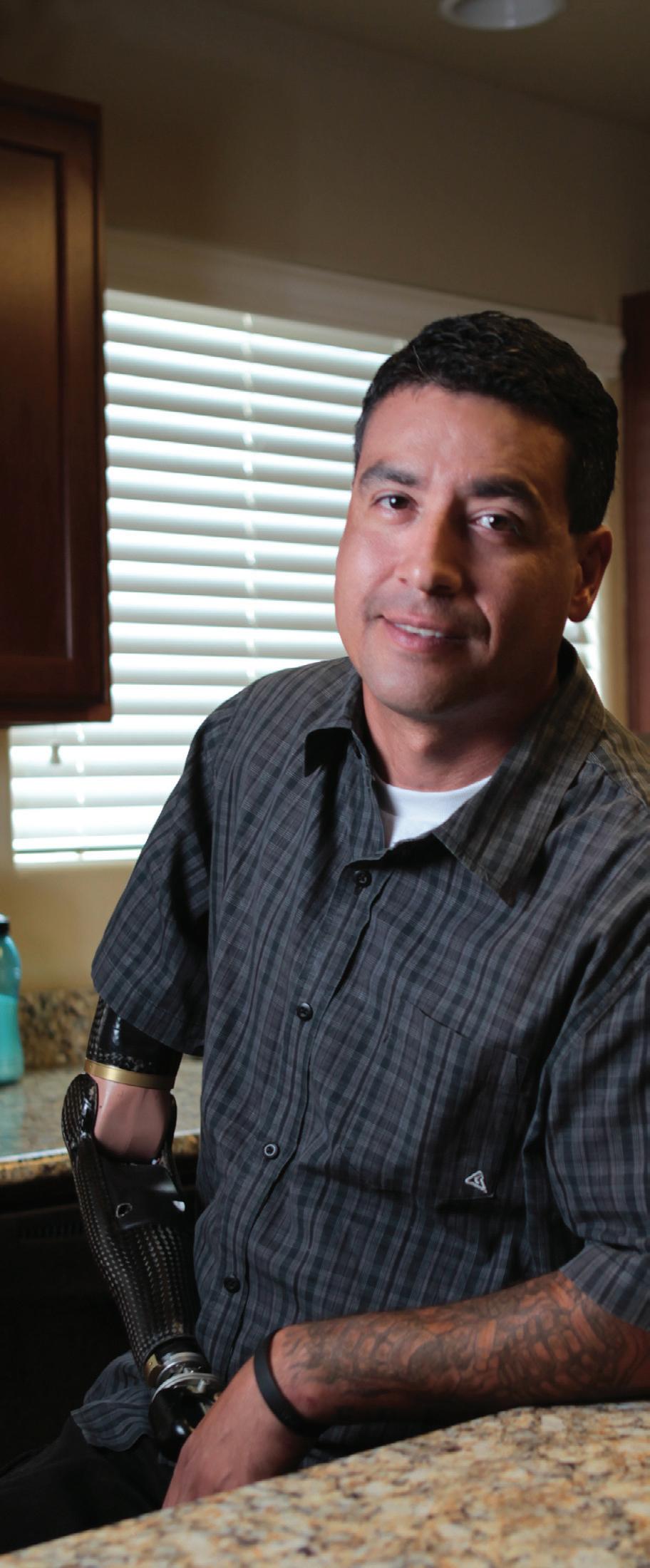






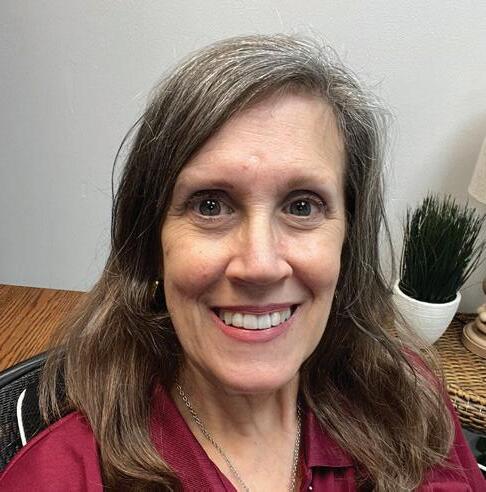
Role: Substation/Metering
Foreman
Length of Service: Nine years
Hobbies include golf and video games.
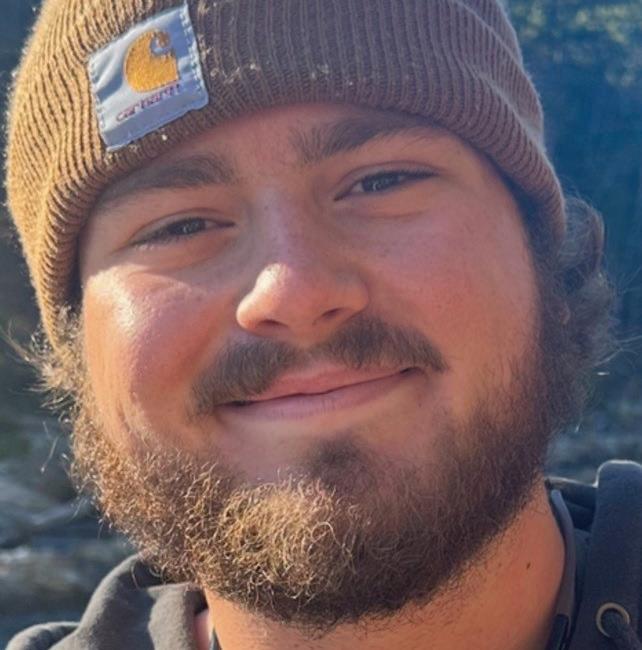
Role: Apprentice Lineman
Length of Service: One year
Hobbies include linework and video games.


Role: Geographic Information
System Coordinator
Length of Service: Six years
Hobbies include spending time with family and friends and attending sporting events for my three children.
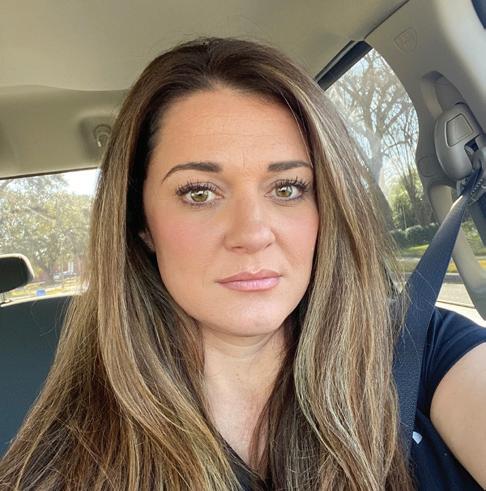
Role: Engineering/ Substations
Work Order Associate
Length of Service: 19 years
Hobbies include playing games with her grandchildren, arranging flowers and small canvas painting.
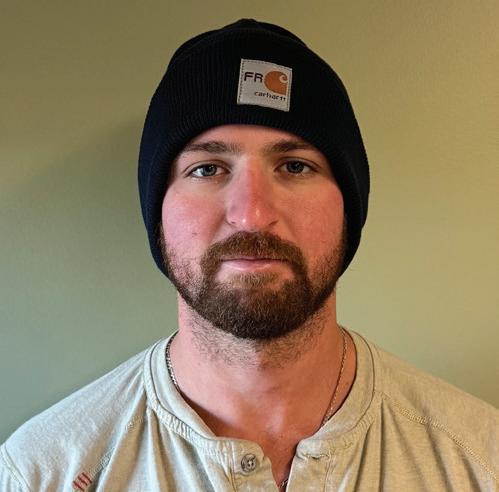
Role: Apprentice Lineman
Length of Service: Four years
Hobbies include hunting, fishing and attending LSU games.
Role: Dispatcher
Length of Service: Two years
Hobbies include cooking, having family get-togethers and cutting grass.


Role: Member Services Rep.
Length of Service: Five years
Hobbies include spending time with friends and family and playing outdoors with my boys.
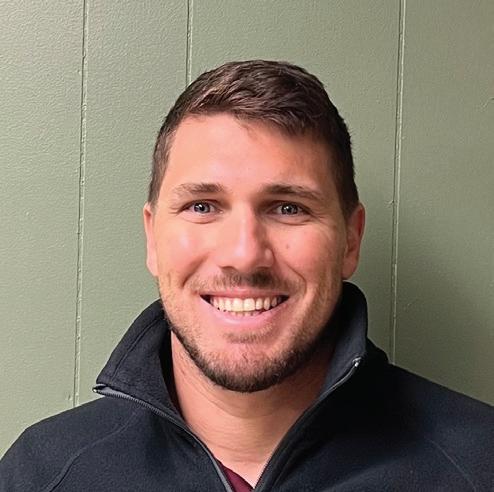
Role: Operations Superintendent
Length of Service: 15 years
Hobbies include spending time with family, tending to the farm, working out and hunting.
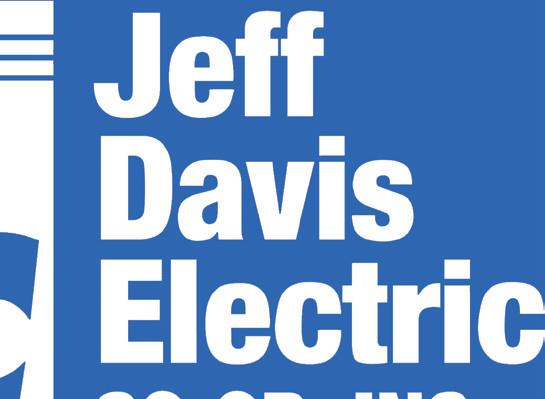



















































































By David Herder








We can all think of improvements we would like to make in the new year, whether it is eating healthier, volunteering more or lowering our expenses. One way to spend less in the new year and for many more to come is to make household energy efficiency a goal.
Making small changes to your routine can add up to significant savings. But do you know what adds up faster than small things? Big things.
If you’re willing to make the initial investment, resolve to go big by taking on one of these projects.
For most houses, heating and cooling air makes up the largest chunk of energy use. If you’re paying to heat or cool the air, you want to keep it inside your house.
Common spots to insulate are attics, walls, floors and anywhere your house contacts the outside. Just like you want a jacket between you and a snowstorm, you want insulation between your home and the outdoors.
Insulation is rated in R-values. Suggested insulation R-values are between R-30 and R-60, depending on your region and climate. In many cases, it is a good idea to get professional insulation help.
Air sealing is another step to prevent drafts by physically closing gaps and cracks. In some cases, this can be as simple as adding caulking or weatherstripping to places where you notice drafts. Contractors and some utilities can do a home blower test to find and seal leaks.
If you’re considering doing some air sealing on your own, the Department of Energy offers tips at www.energy.gov/energysaver/air-sealing-your-home.
What are windows but walls you can see through? Like outer walls, they touch the outdoors, and unlike many walls, they aren’t filled with thick insulation. Heat gain and loss through windows account for 25% to 30% of residential heating and cooling costs, according to the Department of Energy.



































































































Energy Star windows typically have high U-factors, a measurement of how well they insulate. Get multiple quotes for any home improvement project, including windows, and be on the lookout for rebates from utilities, state programs and the federal government.

















If you aren’t buying new windows right away, consider steppingstones such as adding weatherstripping, caulking gaps and using thermal drapes.



































Just like you don’t want your heated and cooled air to leak outdoors, you don’t want your air leaking into parts of the house where you never go.

If you have ductwork in an attic, crawlspace or other unairconditioned or heated area, the ducts could have leaks that increase your energy bill. According to the Department of Energy, 20% to 30% of the air moved through ducts is lost to leakage.


Hire a professional to seal your ducts, or seal them yourself with metal tape or duct mastic specifically designed for the job. Do not use duct tape, which will dry out and lose adhesion.
So far, we’ve covered three ways to keep your heated and cooled air where you want it. It turns out, how you heat or cool the air is also important.
If you’re willing to replace your furnace, or the unit is 10-plus years old, a heat pump is an efficient home heating and cooling upgrade. It can reduce heating costs by as much as 50% compared to electric resistance heating, according to the Department of Energy.
A heat pump works similarly to an air conditioner in reverse. It uses a refrigerant to pull heat energy out of the air outdoors, then moves it indoors and blows the heat into your living areas.
Also consider a heat pump water heater, which has all the same advantages but heats water rather than air.
Programmable Thermostat
If a heater turns on, but nobody is there to hear it, does it make a noise? One thing we know is that it would impact your energy bill.





































































































Before starting a project, it is important to take a step back and consider, “What will make the biggest impact?” This means knowing how efficient your house is and where the energy use is going.


A home energy assessment looks for air leaks, insufficient insulation, energy-hog appliances or other issues, and evaluates your total energy use. Conducting a home energy assessment lets you know where any inefficiencies in your house are, giving you a blueprint for fixing them.
Many utilities offer assessment programs, and the Department of Energy offers guides on assessments— including tips for a do-it-yourself assessment—at www.energy.gov/energysaver/home-energy-assessments.
Both programmable and smart thermostats help people save energy by changing the temperature throughout the day. You can save 10% on energy bills by turning back the thermostat 10% to 15% for eight hours a day, according to the Department of Energy.
Whether that means heating or cooling less during the day while you’re at work or turning things down while you’re sleeping, a programmable thermostat ensures you’re only heating and cooling the air you feel.


RIGHT: Terry Benoit was inducted into the the Cajun French Music Hall of Fame on November 5. BELOW: Terry’s son Barrett, 8 years old at the time, is pictured with members of the dance group that joined Blackie Forester and The Cajun Aces for a performance at a festival in Branson, Missouri. OPPOSITE PAGE: A dance troupe member gifted this frame to Terry with photos of the permanent members of The Cajun Aces at various performances throughout the 1990s. PHOTOS COURTESY OF TERRY BENOIT
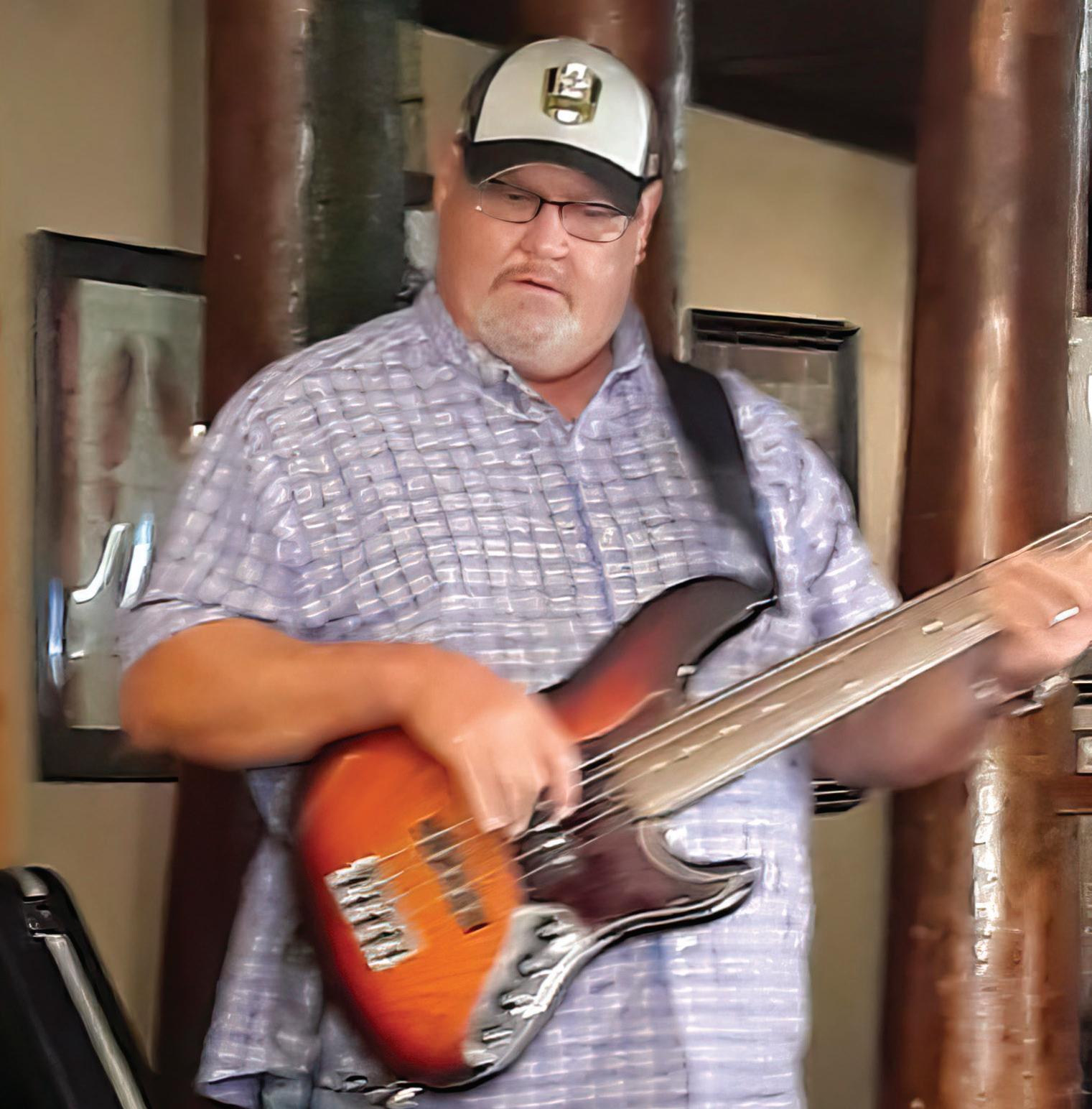

By Breanna Smith Pizzolato
Left blind for more than a year from a tanker truck explosion, Terry “Big T” Benoit started messing around with a keyboard and various instruments to pass the time as he recovered.
By 21, he played the bass guitar, steel guitar, drums and accordion. In a few short years, he’d share the stage with Cajun music greats.
“I learned it all by ear,” Terry says. “All these old men never had a tuning instrument like today. It was by ear. We tuned up to the accordion.”
After fully recovering, he went to work at the school in his hometown of Hathaway throughout his early 20s. On the nights and weekends, he played gigs with Lagniappe—a Cajun-Country group from Jennings—and The Percy Boudreaux Band. He played sessions with Lesa Cormier and the Sundown Playboys.
“Cajun music is a way of life around here,” he says. “Living down here in God’s country—and that’s southwest Louisiana we’re talking about—you can go to just about every family, and you’re gonna find a musician.”
For Terry, that family member was his beloved uncle, Jessie Stutes, a steel guitarist for Blackie Forestier and The Cajun Aces.
“Uncle Jessie lived three houses up the road from us, and I was involved in everything he did,” he says with a smile.
Terry spent most of his childhood following his uncle to gigs at T-George’s in Lake Arthur and Bourque’s in Lewisburg to help set up and take down equipment. While tagging along, he met many of the best Cajun musicians.
Until he picked up instruments in his late teens and early 20s, Terry had never
imagined himself as a musician, but people had taken notice of his talent, especially on the bass guitar.
“Terry Benoit, you have a visitor,” the school receptionist announced as he worked one day.
There in the school office stood Blackie Forestier, the legendary Cajun dance hall king. Terry grew up watching Jessie and Blackie pack dance halls across the South, but he wasn’t sure why he had come to visit him at the school.
“You want to come play with us?” Blackie asked.
Terry asked for time to think about the decision. It would be a commitment to play every weekend, often with shows back-to-back from Friday through Sunday.
“He asked me on a Monday and said I needed to let him know by Wednesday because we had a show Friday,” Terry says with a laugh.
The rest is history.
Throughout the 1990s, Terry played as a permanent member of Blackie Forestier and The Cajun Aces. Terry was the bass player and lead vocalist on four tracks included in the 1999 cassette “Reunion
Sur La Butte (Reunion on the Hill)”—“La Tracos du Beau Pere”, “Le Jour Des Noces, “Sugar Bee” and “Telephone Port Arthur.”
In the early 2000s, after a decade of life on the road playing gigs and juggling a full-time job in the oil field, Terry took a step back from the band and its busy schedule. With a schedule more conducive to his work hours, he has played more than two deacdes with The Back Door Band, featuring Grant Clement, Ken Lyon, Glen Dugas, Calvin Lavergne and V.J. Boulet.
In November 2023, the Cajun French Music Association Lake Charles Chapter honored Terry’s commitment and contributions by inducting him into the Cajun Music Hall of Fame.
“For me, Cajun music is a part of South Louisiana,” he says. “We have a unique, unique sound of music that everybody in the world wants to hear, and it’s a great honor to be able to play my part.”
Terry points to his family as his biggest fans and supporters. His wife, Kim, and their two children, Mystie and Barrett, are proud to have him as the musician of the family. n
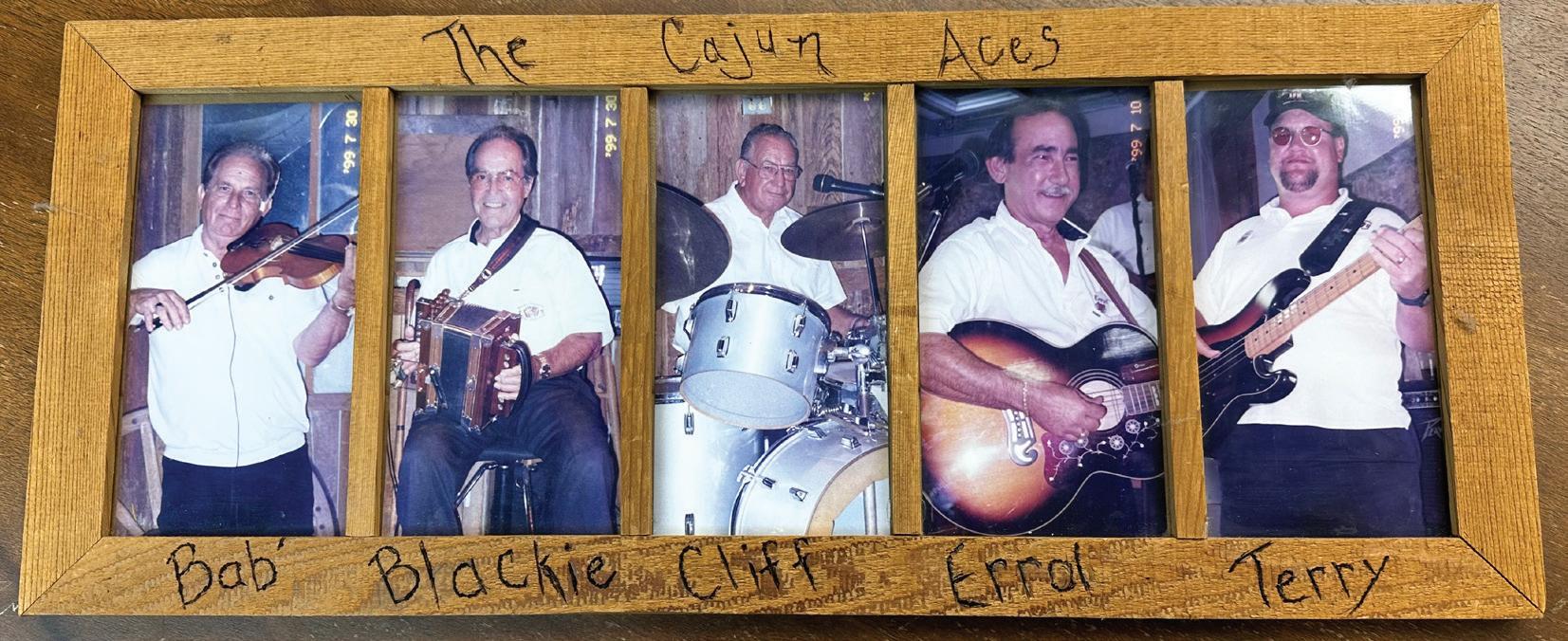

Small space heaters are meant to do exactly as their name says: heat small spaces. Unfortunately, many people use portable space heaters to heat their entire homes, which can take a toll on their energy bills.
The truth is, whether you should use a space heater really depends on your home’s efficiency and energy needs.
If you are using a space heater to compensate for problems in your home—such as inadequate insulation, drafty windows and exterior doors, or an inefficient heating system—space heaters are not a practical solution. Your best bet is to improve the overall efficiency of your home.
If you’re on a tight budget, caulking and weatherstripping around windows and exterior doors is a low-cost, easy way to save energy. Although more expensive, adding insulation can be a great next step.
Taking these proactive energy-saving measures rather than relying on space heaters for supplemental warmth can reduce your heating and cooling bills for years to come.
If your home is energy efficient but you are cold-natured and want a specific room to be cozier than the rest, a space heater may work for your needs.
A good comparison is ceiling fans. We use ceiling fans in the summer to cool people, not rooms. A space heater can be used in a similar way during winter.
Only use a space heater in a small space you are occupying. If possible, try to shut off other rooms to contain the warmth provided by the space heater.
If you decide to use a space heater, make sure it is properly sized for the space. Most heaters include a general sizing table.
A word about safety: The U.S. Consumer Product Safety Commission estimates that more than 25,000 residential fires are associated with the use of space heaters every year, resulting in more than 300 deaths. If you must use a space heater, buy a newer model that includes current safety features and carries the Underwriter’s Laboratory label.
Space heaters are energy hogs, and older models can be extremely dangerous. This winter, ditch the space heater and try these alternative solutions to stay cozy.
X Use an electric blanket to keep warm during the night.
X Caulk and weatherstrip around all windows and doors to prevent heat loss.
X Consider adding insulation to your attic and around ductwork.
Choose a thermostatically controlled heater to avoid energy waste and overheating. Place the heater on a level surface away from foot traffic when in use. Always keep children and pets away from a heater.
Before opting to use a space heater, consider alternative ways to stay warm, such as extra layers of clothing or UL-approved electric blankets. If you have hardwood or tile floors, put down area rugs to provide additional insulation and maintain warmth.
We know it’s cold out there, but remember this: In addition to safety concerns, space heaters can greatly increase your energy bills if used improperly.
For ways to reduce energy use and save money, visit energy.gov. n
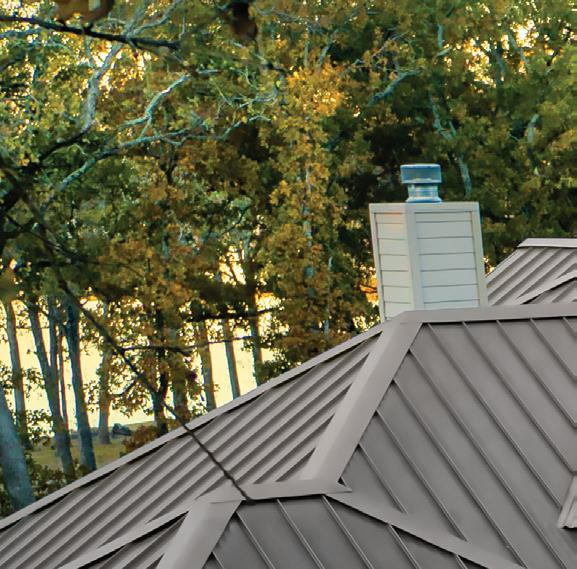


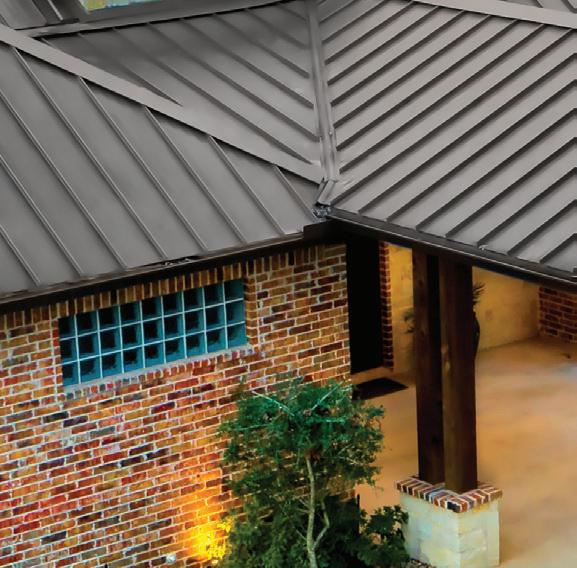

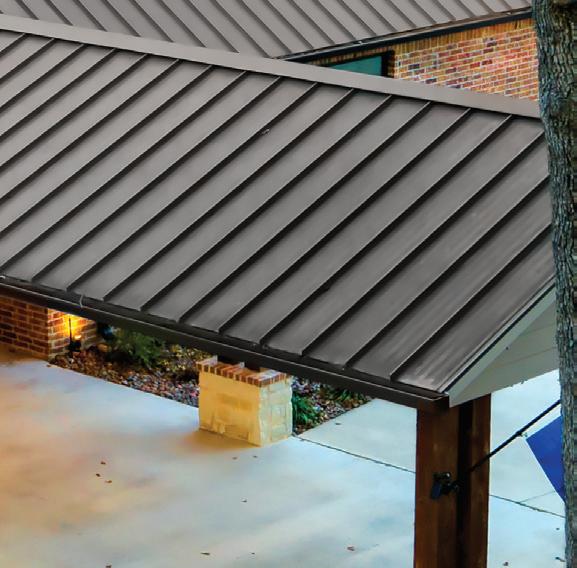




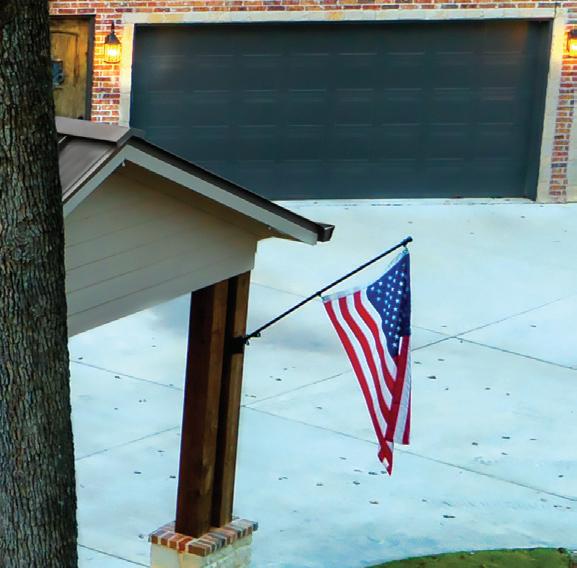












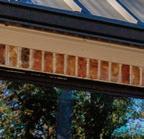

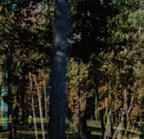


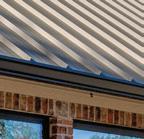
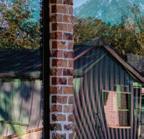
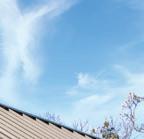



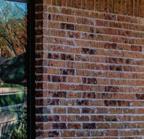














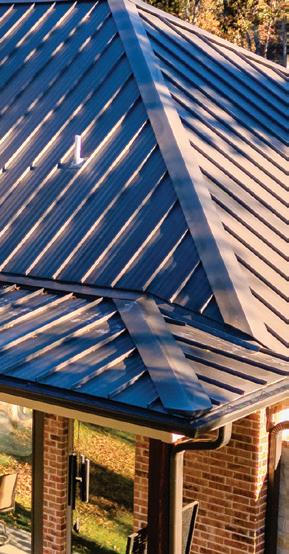



DON’TCOMPROMISEONENTERTAINMENT.


ABOUTYOURBILLANDSTARTWATCHING Taxes/feesapply.Via satellite req's 24-mo. agmt
LEADERINSPORTS ANDLOCALSPORTS24/7


Claim basedonofferingofNat’landRegional Sports Networks.RSNsavail.with CHOICEpackageor higher. Blackout restr’s apply. Availability of RSNs varies by ZIP code and package.
Req’s separate subscription/loginforNetflix, Max, PrimeVideo (see amazon.com/amazonprimefor details) and other 3rdparty apps.Restrictionsapply. High speedinternet-connected compatible device required.Google login required. $69 99 *
ENTERTA IN MENT PACKAGE CHANNELS
($84 99/mo w/ req’d ARS $15/mo Fee) w/24-mo. agmt. + taxes, fees, AutoPay & Paperless Bill.
Available onlyin the U.S. (excludes Puerto Rico andU.S.V.I.). Someoffersmay notbeavailable throughall channelsandinselectareas.Differentoffers may applyforeligiblemulti-dwellingunits. Alloffers,packages,programming,promotions,features, terms, restrictions & conditions and all prices andfees not included inprice guaranteeare subject to changeor discontinuationwithout notice.Visit directv.com/legal/or callfor details
VIA SATELLITE: Pricing: ENTERTAINMENT $69.99/mo., CHOICE $84.99/mo., ULTIMATE $114.99/mo., PREMIER $159.99/mo. for two years. Aſter 2 years, then month to month at then-current prevailing prices unless cancelled. Price excludes Advanced Receiver Service Fee of $15/mo. (which is extra and applies to all packages) and Regional Sports Fee of up to $15.99/mo. (which is extra & applies to CHOICE pkg or higher) and certain other add’l fees & charges. Additional Fees & Taxes: $7/mo. for each additional TV connection on your account. Wireless upgrade with HD DVR $99.00. Applicable use tax expense surcharge on retail value of installation, custom installation charges, equipment upgrades/add-ons, and certain other add’l fees & chrgs. See directv.com/directv-fees/ for additional information. $10/mo. Autopay and Paperless Bill Discount: Must enroll in autopay & paperless bill within 30 days of TV activation to receive bill credit starting in 1-3 bill cycles (pay $10 more/mo. until discount begins). Must maintain autopay/paperless bill and valid email address to continue credits. DIRECTV Svc Terms: Subject to Equipment Lease & Customer Agreements. Taxes, surcharges, add-on programming (including premium channels), protection plan, transactional fees, and Federal Cost Recovery Fee are not included in two-year price guarantee. Visit directv.com/legal/ or call for details. Equipment Non-Return-Fees: If you cancel your service, you must return your leased equipment. Failure to return any equipment will result in fees of $45 for each standard DIRECTV Receiver, each HD DIRECTV Receiver, each Genie Mini and each Gemini receiver and $135 for each DVR, HD DVR, Genie® HD DVR and/or Genie 2 DIRECTV Receiver. GEMINI DEVICE: To use the Device, you will need an Internet connection, your use of which is subject to the fees, restrictions, terms, and limitations imposed by your Internet service provider. Gemini Device(s) will deactivate aſter 90 consecutive days without internet connection. If that happens, you will not be able to receive service through that Device until you (re)connect to the internet.
VIA INTERNET: Service subject to DIRECTV delivered via internet terms and conditions (see https://www.directv.com/legal/legal-policy-center/). Requires high speed internet. Minimum internet speed of 8Mbps per stream recommended for optimal viewing. Residential customers only. Pricing: ENTERTAINMENT $69.99/mo., CHOICE $84.99/mo., ULTIMATE $114.99/mo., PREMIER $159.99/mo. for two years. Aſter 2 years, continues month to month at then-current prevailing prices unless cancelled. Additional Fees & Taxes: Price excludes Advanced Receiver Service Fee of $15/mo. (which is extra and applies to all packages) and Regional Sports Fee of up to $15.99/mo. (which is extra & applies to CHOICE pkg or higher) and certain other add’l fees & charges. See directv.com/directv-fees/ for additional information. State and local taxes or other governmental fees and charges may apply including any such taxes, fees or charges assessed against discounted fees or service credits. DIRECTV Svc Terms: Subject to Customer Agreement. GEMINI/GEMINI AIR DEVICE: First device included for well qualified customers ; otherwise $120 for new Gemini/Gemini Air or $49.99 for Certified Restored Gemini. Applicable taxes due at sale. Additional Gemini/Gemini Air: Additional device for well-qualified customers $10/mo. for 12 mos., otherwise $120 each or $49.99 for each Certified